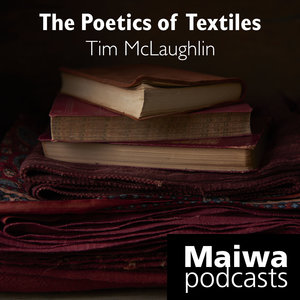LIMITED EDITION PRINTS
Last summer we dreamed up this design together with master print maker and designer, Alexandra Snowden. She incorporated all of her favourite natural dye plants into this beautiful design. This summer, we wanted to see how it would translate onto paper in a large format using natural dye inks. Of course, we reached out to Granville Island based printmaker and papermaker Ed Juan who specializes in natural dye inks in his work.

















































